Contact
Tööstuse 43, Tallinn, Estonia
Store: +372 508 3309
Workshop: +372 5301 8568
Tähesaju tee 31, Tallinn Estonia
Store: +372 5885 7752
Workshop: +372 5301 6938
Info: +372 508 3309
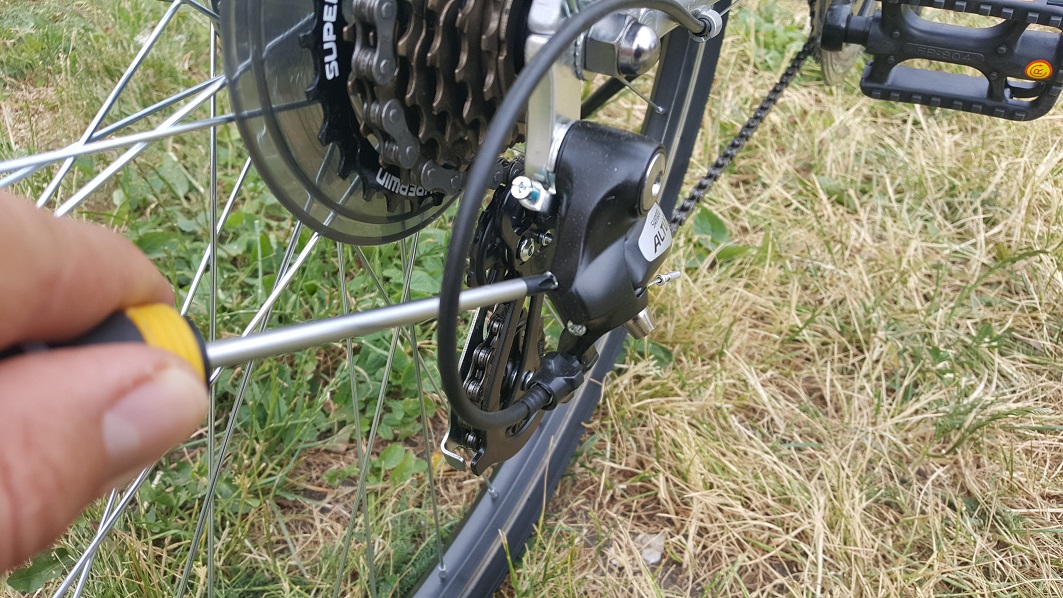
The more you cycle, the more you need to maintain it – everything that moves wears out. The frequency of bike maintenance also depends on the conditions in which you ride. Bikes that are more likely to be ridden off-road or in wet weather need more frequent maintenance than those that are taken out once a month for urban use.
The following tools are needed for home maintenance:
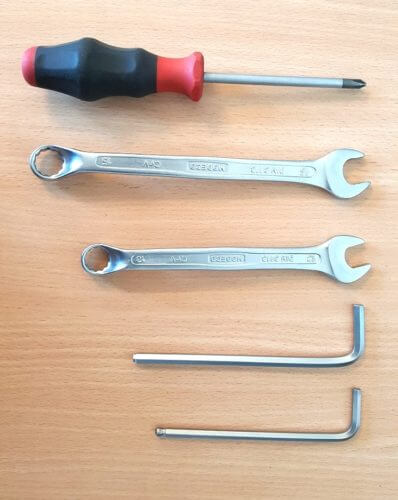
When it comes to bicycle maintenance, regular cleaning plays an important role. In order to keep the bike clean, it is good to use a cloth and a bicycle cleaning brush. If you don’t have a special brush, an old toothbrush or other smaller brush will do the trick. Any old shirts or other textiles will do. It is recommended that the chain is oiled a couple of times a month and after each ride in rainy weather. Excess oil must be removed from the chain with a cloth, otherwise it will immediately start to collect dirt. It pays to oil – a dry chain won’t last long. Use only special oil to lubricate the chain. Summer oil is not nearly as suitable. The chain could be changed twice a year. If the chain is not oiled, more often. Changing the chain is a good idea, as a stretched chain will start to “eat” the sprockets, and after a while (sometimes a few weeks of driving is enough) the whole clutch will need to be replaced.
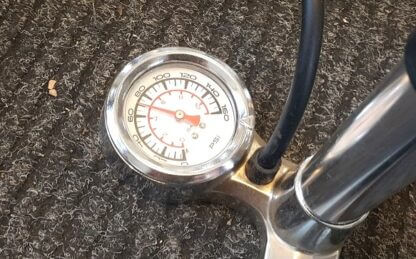
Don’t forget to pump the hub regularly, as the pressure you need won’t stay there for more than a week or two. The correct pressure range is marked on the outer hub. It is advisable to have your own bike pump. It’s especially good if the pump has a pressure gauge – a gauge that shows exactly how much pressure is in the rubber at any given time. The prescribed pressure range is usually quite wide. When deciding on the exact pressure, it’s worth considering first and foremost how flat/slippery/soft the road is that you’re driving on. The weight of the cyclist should also be taken into account – the heavier the cyclist, the higher the pressure in the rubber should be. For example, the pressure of a normal city wheel could be between about 3.5 and 5 bar in most cases. If it is a perfect light traffic route, the pressure should be more like 5 bars. If there are gravel roads on the road, it is more like 3.5-4 bars.
Adjusting the brakes is one of the most important parts of looking after your bike for your comfort and safety. Make sure the brakes are in good working order before you start driving. The brake pads or discs must be in the correct position, i.e. in contact with the rim horizontally and flush. The brake pads must be exactly the same distance from the wheel/disc, i.e. they must engage simultaneously when the brake link is depressed. In addition, the brake link should react “suddenly” enough, not against the steering wheel.
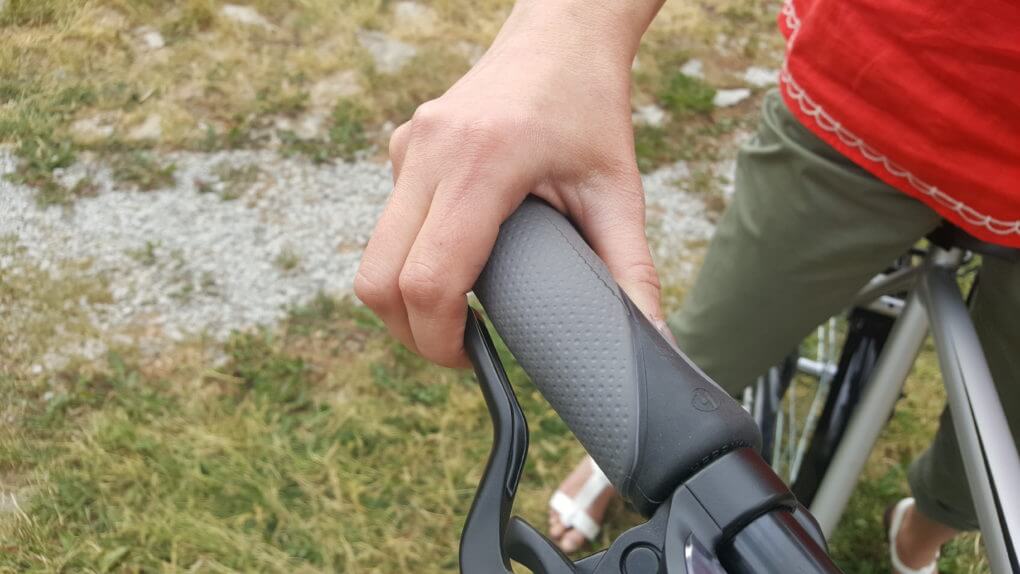
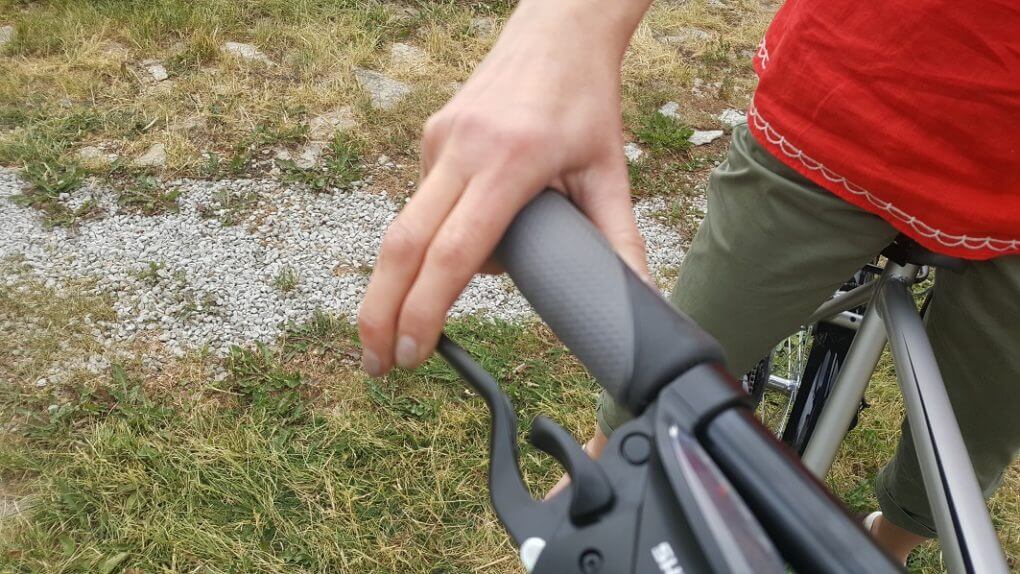
The V-brakes can be screwed into the centre using the screws on the brake blocks. This usually requires a screwdriver, sometimes a smaller hexagon. If the brake shoe does not fit all the way or is at an angle to the rim, unscrew the shoe with a hex key, tighten it with the appropriate cups and screw it back on.
Good video tutorial on YouTube:
After a while, it happens again and again that the gearbox starts to “squeak”. The problem is usually that the chain does not run exactly on the sprocket, but slides between the two sprockets, due to stretching or kinking of the gear cable. Turning the gearshift nut helps. On the rear derailleur it is on the end of the cable, see picture. Nuts are mostly made of plastic, sometimes metal and are designed to be twisted between the fingers. No tools are needed here. The screw must be tightened until the gearwheel stops “rattling”, i.e. until the chain runs exactly on the sprocket again.
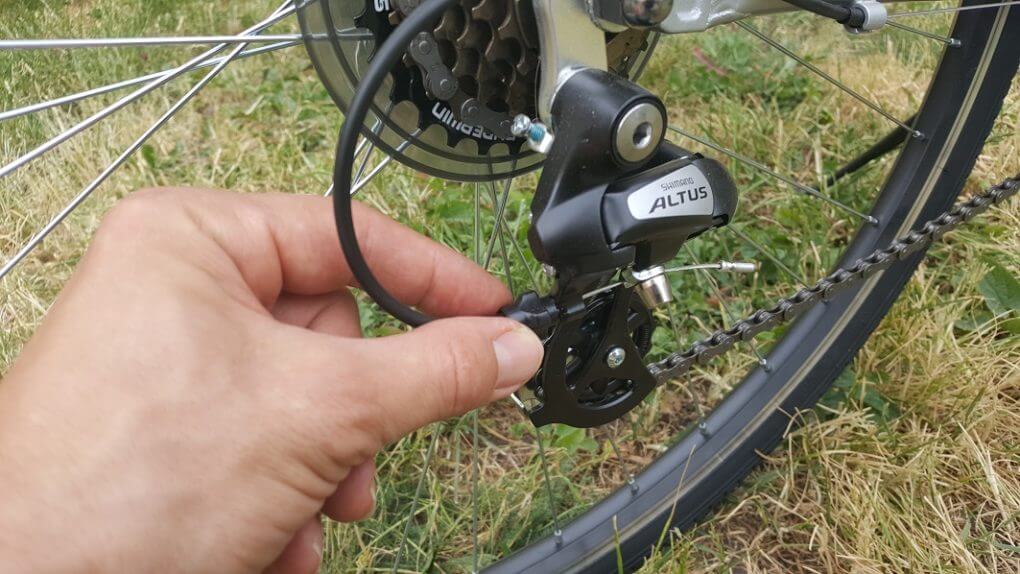
If the chain comes off or, conversely, does not stay on the top/bottom sprocket, the stopper screw must be adjusted. The purpose of these screws is to limit the range of movement of the gearshift just enough to allow the chain to move up/down the gearbox without coming off. The range of movement of the gearshift increases when the stop screws are loosened and decreases when they are tightened.

To adjust the Shimano Nexus gearshift, proceed as follows:
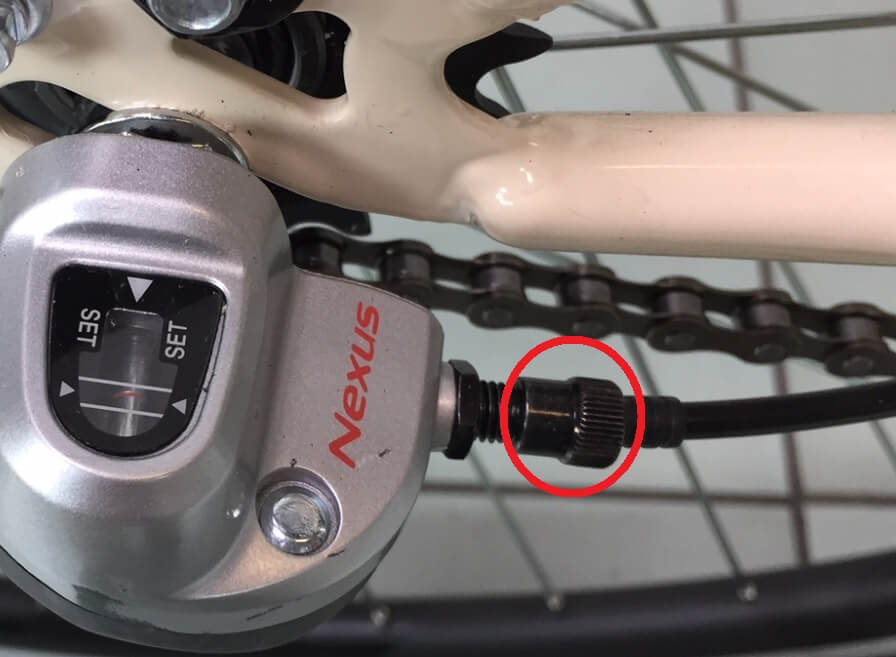
Every week
Once a month
Once every six months